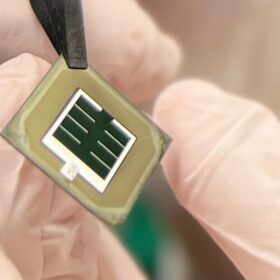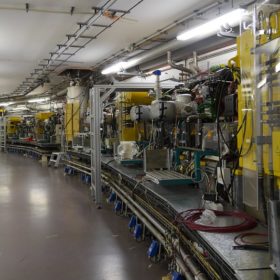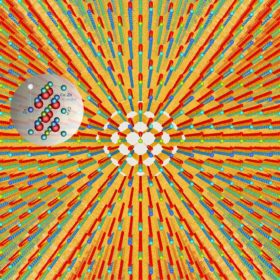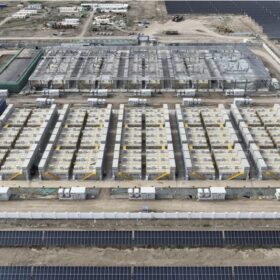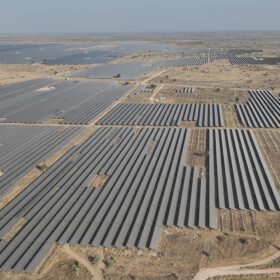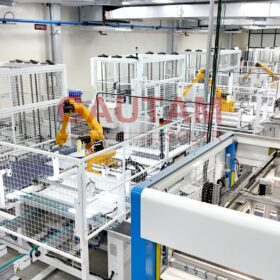KAUST, Helmholtz-Zentrum Berlin present 31.2%-efficient blade-coated perovskite-silicon tandem solar cell
The perovskite-silicon tandem device has a two terminal configuration and a 2D perovskite layers at the bottom interface. It was able to retain around 80% of its initial efficiency for 1,700 h.
Speeding up energy storage with pseudocapacitors
Scientists at Germany’s Helmholtz Zentrum Berlin have made a discovery they say could greatly increase the energy storage capacity of titanium-based ‘MXene’ pseudocapacitors, ultimately leading to faster-charging batteries. The group found adding urea molecules between MXene layers increased the material’s storage capacity by up to 56%.
German scientists use germanium to improve performance of kesterite solar cells
Although current efficiencies for solar cells based on kesterite do not exceed 12.6%, the use of germanium may enable the development of cells with a higher energy band gap.
